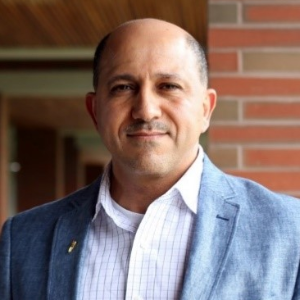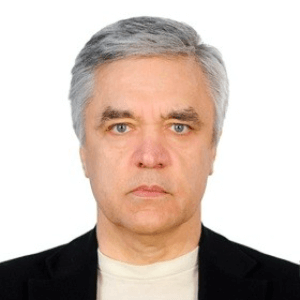Metal-Ligand Assemblies
Metal-Ligand Assemblies Are Species Composed Of At Least One Metal Atom Or Ion And One Or More Ligands. To Form Such Assemblies, The Metal And Ligands Interact In A Specific Orientation Which Is Usually Dictated By The Local Electronic And Steric Environment Of The Metal. Metal-Ligand Assemblies Are Important Because They Have Wide-Ranging Industrial And Biomedical Applications, Such As Catalysts For The Synthesis Of Fine Chemicals, Drug Delivery Systems For Therapeutic Applications, And Sensors For Chemical And Biological Recognition. Metal-Ligand Assemblies Have Several Important Structural Features. Firstly, The Interaction Between The Metal And The Ligand Is Relatively Strong Compared To The Interactions Between Neighbouring Molecules In Solution. The Strength Of The Bonding Is Determined By The Electronegativity And Size Of The Metal And The Donor Atoms Of The Ligand. Secondly, The Angle Of The Metal-Ligand Assembly Is Adjustable, Depending On The Donor Atoms Of The Ligand And The Coordination Number Of The Metal. Finally, The Metal-Ligand Assembly Can Be Reversibly Fixed, Allowing Various Reactions To Be Performed With The Assembly As It Undergoes The Reaction Cycle. The Synthesis Of Metal-Ligand Assemblies Involves The Coordination Of A Ligand To A Metal Centre. Depending On The Nature Of The Metal And The Donor Atoms Of The Ligand, The Coordination Can Be Achieved By A Variety Of Mechanisms. Usually, The Coordination Is Performed Through The Donation Of Electrons From The Donor Atoms Of The Ligand To The Metal And The Stabilisation Of The Electrons In The Resulting Σ-Orbitals. Metal-Ligand Assemblies Can Be Studied By Numerous Techniques. In Solution-Phase Studies, Spectroscopic Tools Such As Infrared Spectroscopy, Raman Spectroscopy, Nuclear Magnetic Resonance Spectroscopy, And UV/Vis Spectroscopy Can Be Used To Determine The Structure Of The Assemblies. In Solid-Phase Studies, X-Ray Crystallography Can Be Used To Determine The Structure Of The Assemblies.

Hossam A Gabbar
Ontario Tech University, Canada
Victor John Law
University College Dublin, Ireland
Alexander Bagaturyants
National Research Nuclear University MEPhI, Russian Federation
Sergey Suchkov
N.D. Zelinskii Institute for Organic Chemistry of the Russian Academy of Sciences, Russian Federation
Shree Niwas Chaturvedi
Centre for Aptitude Analysis and Talent Search, India
Pieter Samyn
SIRRIS, Belgium




Title : Advances in plasma-based radioactive waste treatment
Hossam A Gabbar, Ontario Tech University, Canada
Title : Unraveling the ultrastructure and functions of the neuronal membrane skeleton using super-resolution fluorescence microscopy
Zhou Ruobo, Djillali Liabes University of Sidi Bel Abbes, Algeria
Title : Solar box cooker dehydration, and relative humidity endpoint detection, of lamiaceae culinary leaves on the island of Crete
Victor John Law, University College Dublin, Ireland
Title : Nutrient and heavy metal loads from the Ribeiras to Coastal zones: A land-ocean continuum perspective in Madeira Island
Aracelis Del Carmen Narayan Rajnauth, University of Porto, Portugal
Title : Prospective polyoxometalate-based covalent organic framework heterogeneous catalysts
Arash Ebrahimi, Comenius University Bratislava, Slovenia
Title : Eliminating implant failure in humans with nano chemistry: 30,000 cases and counting
Thomas J Webster, Brown University, United States